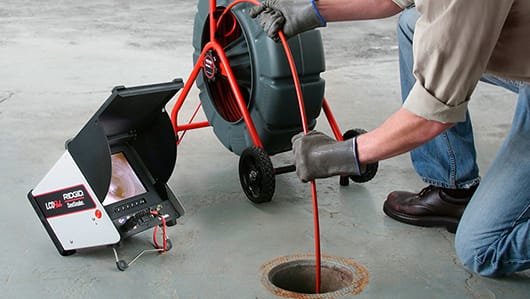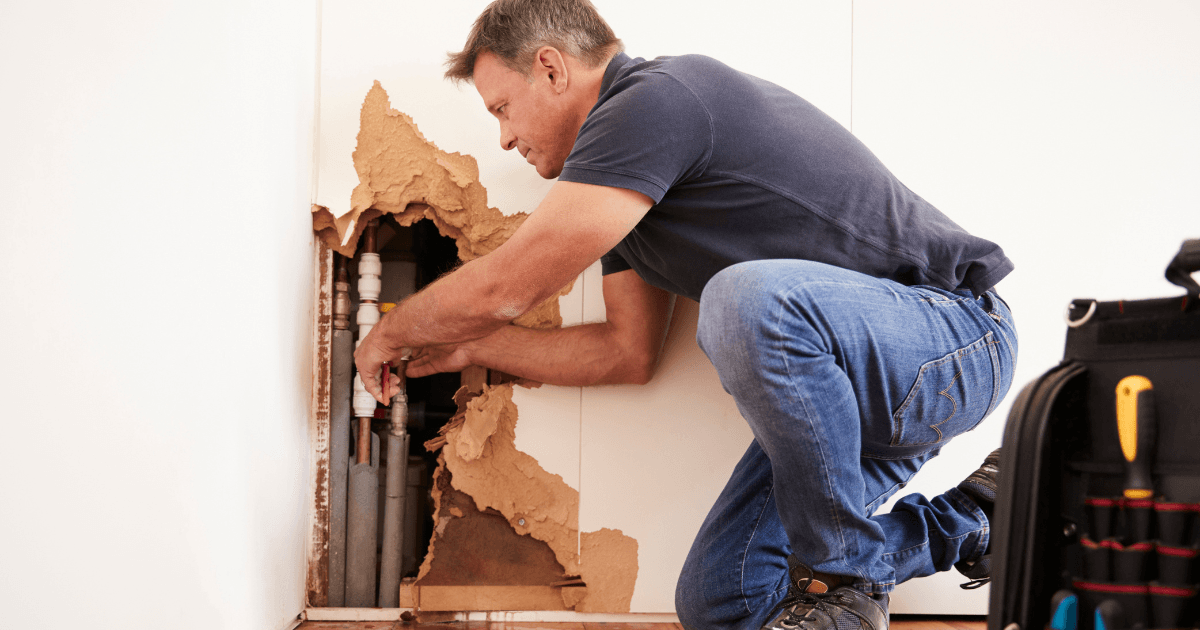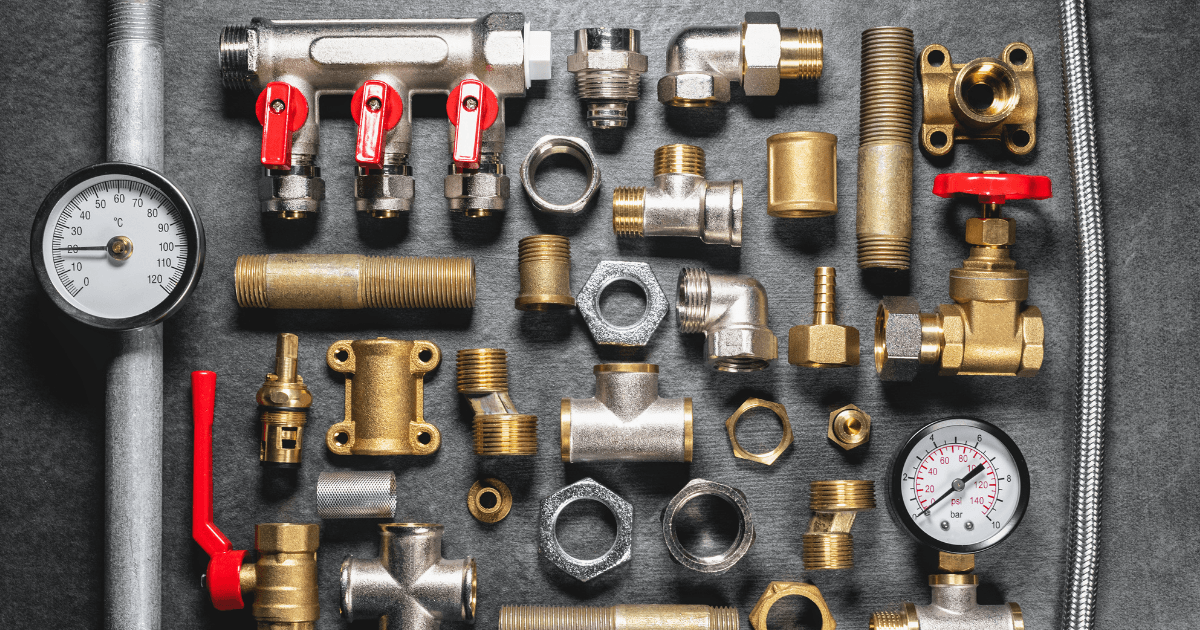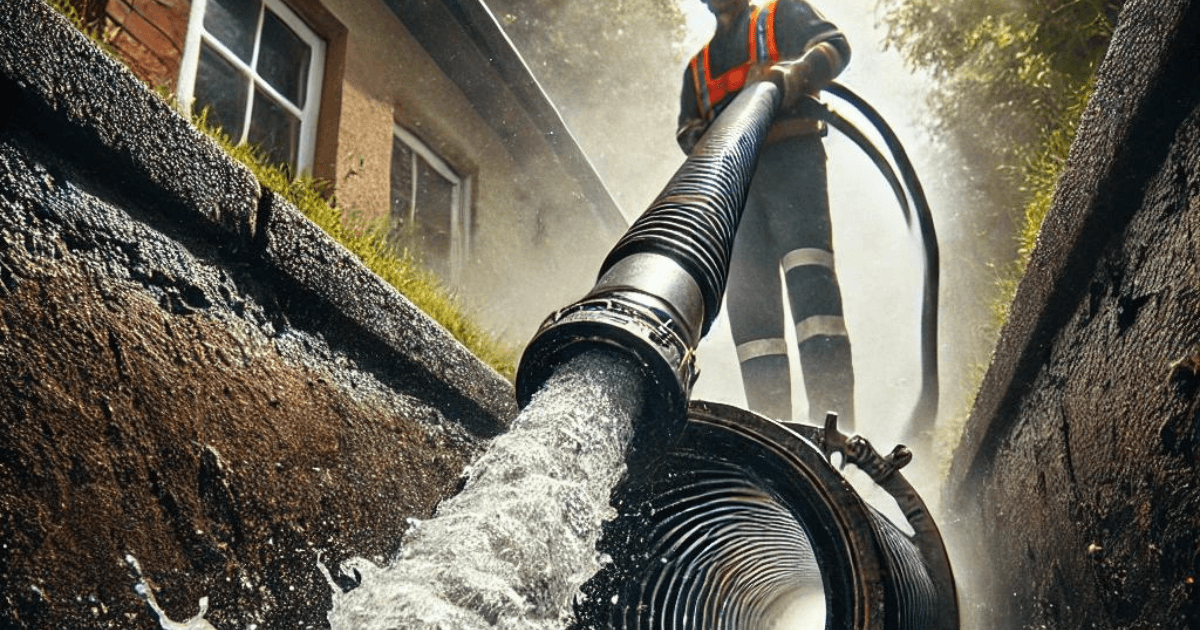Our homes are intricate systems, and one of the most overlooked yet vital components is the plumbing network, hidden away beneath our feet. Like arteries carrying nutrients through the body, plumbing systems transport water and waste, ensuring the wellness of the home. However, just as the health of arteries can degrade without regular care, so too can plumbing systems. Sewer scope inspections are one of the most underutilized tools in maintaining plumbing wellness, offering a preventive solution to what can become catastrophic failures.
By taking a first-principles thinking approach—breaking down the function of sewer scopes, the underlying causes of plumbing issues, and the potential solutions—we can rethink how homeowners should view this essential inspection process. This article will explore why sewer scope inspections are foundational for home maintenance, deconstruct assumptions about plumbing health, and offer profound insights for the modern homeowner.
The Fundamentals of Sewer Scopes: Seeing the Unseen
Sewer scopes are simple yet sophisticated tools that use a high-resolution camera attached to a flexible cable to visually inspect the inside of your plumbing system. The camera travels through the pipes, providing real-time images that reveal issues such as blockages, cracks, tree root intrusion, or pipe deterioration.
Deconstructing the Purpose
At its core, the sewer scope offers visibility into an otherwise invisible system. Much like how medical imaging reveals underlying health conditions before symptoms arise, a sewer scope inspection reveals early-stage problems that may go unnoticed until it’s too late. First principles thinking here suggests that without such a visual inspection, homeowners operate under an assumption of wellness that could be dangerously false.
Many homeowners believe that because their drains function or there’s no obvious problem, their plumbing system is in good condition. However, small issues—such as hairline cracks or early root intrusion—may not manifest symptoms until they cause significant and expensive damage.
The Hidden Dangers Sewer Scopes Uncover: Understanding the Risks
Just like any complex system, small problems within a plumbing network can snowball into major failures. Sewer scopes are invaluable because they allow homeowners to catch these issues before they escalate. Some common issues revealed by sewer scopes include:
- Tree Root Intrusion: Trees may seem innocent above ground, but their roots are programmed to seek out moisture. Over time, these roots can infiltrate sewer pipes, causing blockages and cracking the structure.
- Pipe Deterioration and Corrosion: Older homes often have pipes made from materials such as cast iron or clay, which are prone to corrosion and deterioration. Sewer scopes detect these weaknesses before they lead to complete pipe failure.
- Shifting or Misaligned Pipes: Ground movement caused by soil expansion, earthquakes, or heavy traffic can cause pipes to shift, resulting in leaks or misalignment that disrupt the flow of water and waste.
Pipes are designed to transport waste efficiently; however, any obstruction—whether a minor tree root or a misaligned joint—introduces resistance into the system. This resistance causes backups, clogs, and increased pressure on the pipe walls, eventually leading to cracks or bursts. Without regular inspections, homeowners operate under the assumption that no news is good news, when in fact, the problem may be growing unnoticed.
The Economic Argument: Why Preventive Care Saves Thousands
One of the most compelling reasons to invest in regular sewer scope inspections is the cost-saving potential. Prevention is always less expensive than repair. Without the foresight that a sewer scope provides, homeowners risk waiting until an issue becomes so severe that a full-scale excavation and pipe replacement is necessary—an option far more expensive than the inspection that could have identified the problem early.
Deconstructing Cost-Savings
The average cost of a sewer scope inspection ranges from $200 to $500, depending on the complexity and length of the pipes. In contrast, a sewer line replacement can cost upwards of $10,000 or more, especially when factoring in excavation, landscaping, and labor.
Sewer scopes are a prime example of ROI on preventive care. For a fraction of the cost of a major plumbing failure, you can detect problems early and opt for smaller, manageable repairs—saving you thousands in long-term expenses. From a first-principles perspective, the return on investment is indisputable: minimal upfront cost to avoid exponential future losses.
Real Estate Transactions: The Hidden Plumbing Dangers Buyers Must Know
In real estate, due diligence is crucial. While home inspections typically check for visible structural or mechanical issues, one major area of concern that often goes unnoticed is the plumbing system. A sewer scope inspection can reveal costly problems that might not be apparent during a general inspection.
Why Buyers and Sellers Should Care
If you’re purchasing an older home or one with large trees, there’s an increased likelihood of root intrusion or corroded pipes. Sellers can also benefit from a pre-sale sewer inspection to prove the integrity of the system, adding value and transparency to the deal.
Think of sewer scopes as a financial safeguard. When entering into a real estate transaction, a hidden plumbing issue could cost the buyer far more than anticipated. Addressing these issues ahead of time prevents post-purchase disputes and adds clarity to the buying process.
The Environmental Impact of Neglecting Sewer Systems
Plumbing systems that go unchecked can lead to more than just home damage—they can have serious environmental impacts. Leaking sewer lines can introduce raw sewage into the ground, contaminating local water supplies and contributing to environmental degradation.
Eco-Conscious Insight
An undetected leak in a sewer pipe may not immediately disrupt your home’s functionality, but it can quietly wreak havoc on the surrounding ecosystem. By conducting regular sewer scope inspections, you’re not only protecting your home but also ensuring that your plumbing system isn’t contributing to environmental pollution. In a broader context, this represents a small but significant contribution to sustainability.
Proactive Plumbing Health: How Sewer Scopes Extend the Life of Your System
The long-term health of your plumbing system is reliant on proactive care. Sewer scopes give homeowners the insight they need to make small repairs—such as hydro-jetting to clear blockages or relining cracked pipes—before these problems require a complete overhaul.
Maintenance Equals Longevity
By addressing minor issues before they escalate, you can extend the lifespan of your plumbing system by decades. A small investment in routine inspections can delay the need for major repairs, which can disrupt your home life and cost a fortune.
Plumbing systems, much like cars, require routine checks and maintenance. If you drive a car for years without an oil change, the engine will eventually fail. Similarly, ignoring plumbing systems means that unseen issues will progress until a full breakdown occurs.
When and How to Schedule Sewer Scope Inspections
While sewer scopes are incredibly beneficial, knowing when to schedule them is crucial. Homeowners should consider a scope every 1-2 years, especially if:
- The home is over 20 years old.
- There are large trees near the sewer line.
- There are recurring plumbing issues, such as frequent clogs or slow drains.
- You’re about to buy or sell a home.
Practical Steps:
- Call a Professional: Make sure to contact a licensed plumber or inspection service that offers high-resolution camera inspections.
- Analyze the Results: If the scope reveals blockages or cracks, ask your plumber about non-invasive solutions such as pipe relining or hydro-jetting.
Conclusion: Rethinking Plumbing Wellness through Sewer Scopes
Sewer scopes aren’t just tools for identifying problems; they are preventive health measures for your home. They challenge the assumption that no visible issue means everything is fine, offering homeowners a deeper understanding of their plumbing systems. By taking a first-principles approach, we can appreciate how small investments in preventive care can lead to major long-term savings—both financially and environmentally.
It’s time to rethink how we approach plumbing maintenance. Rather than waiting for problems to surface, proactive measures such as sewer scopes ensure the health of your home’s most vital system: its plumbing.





